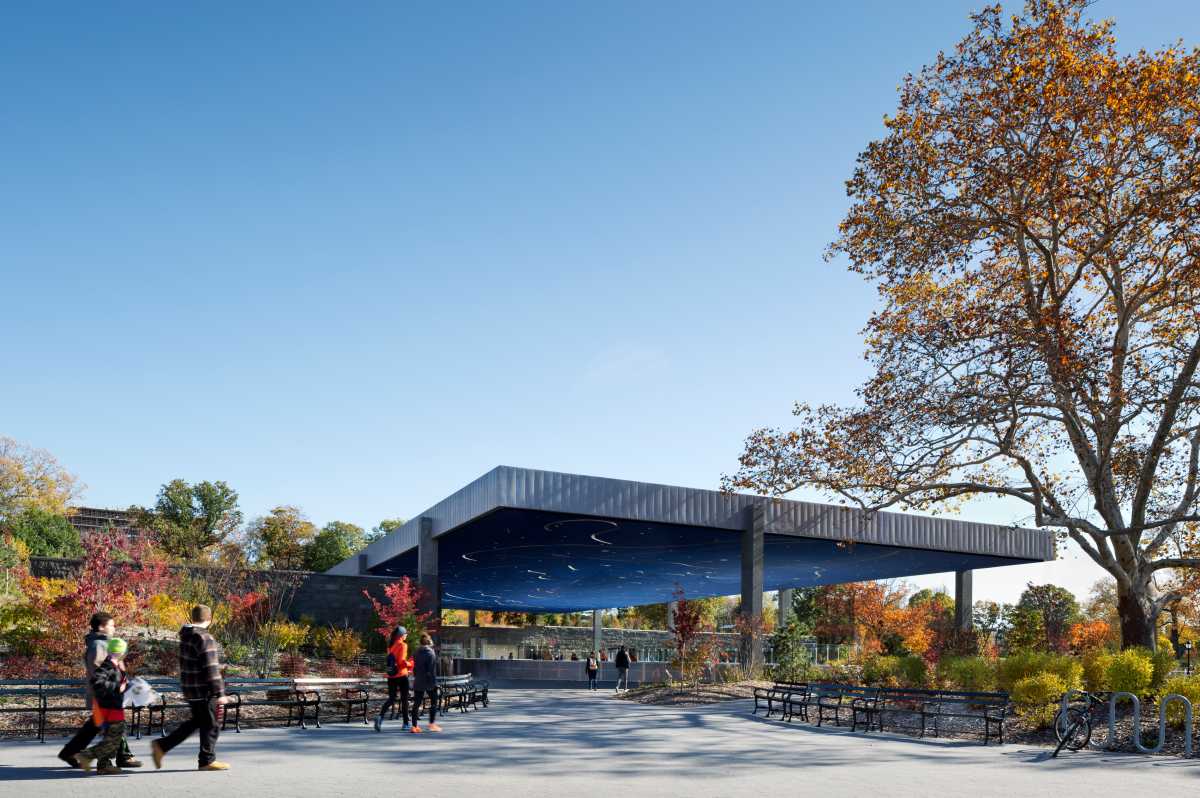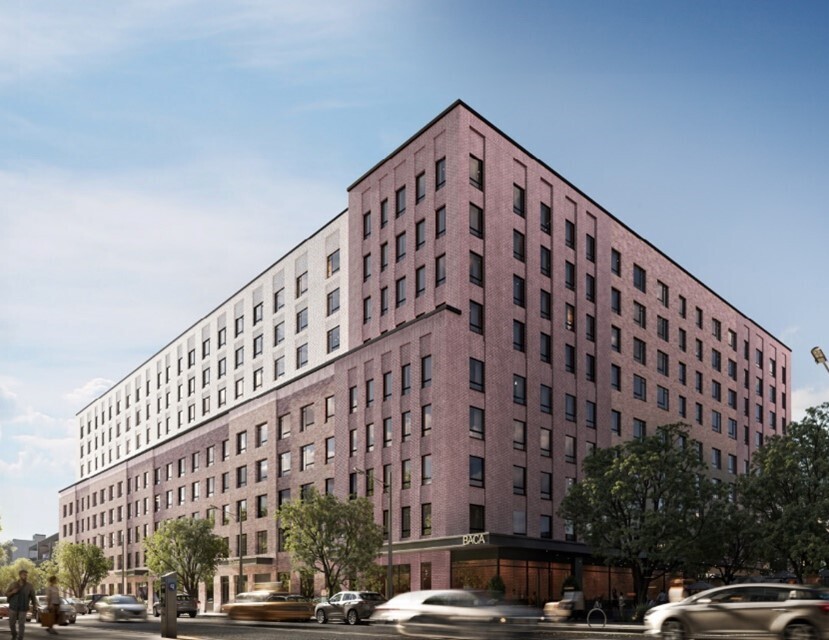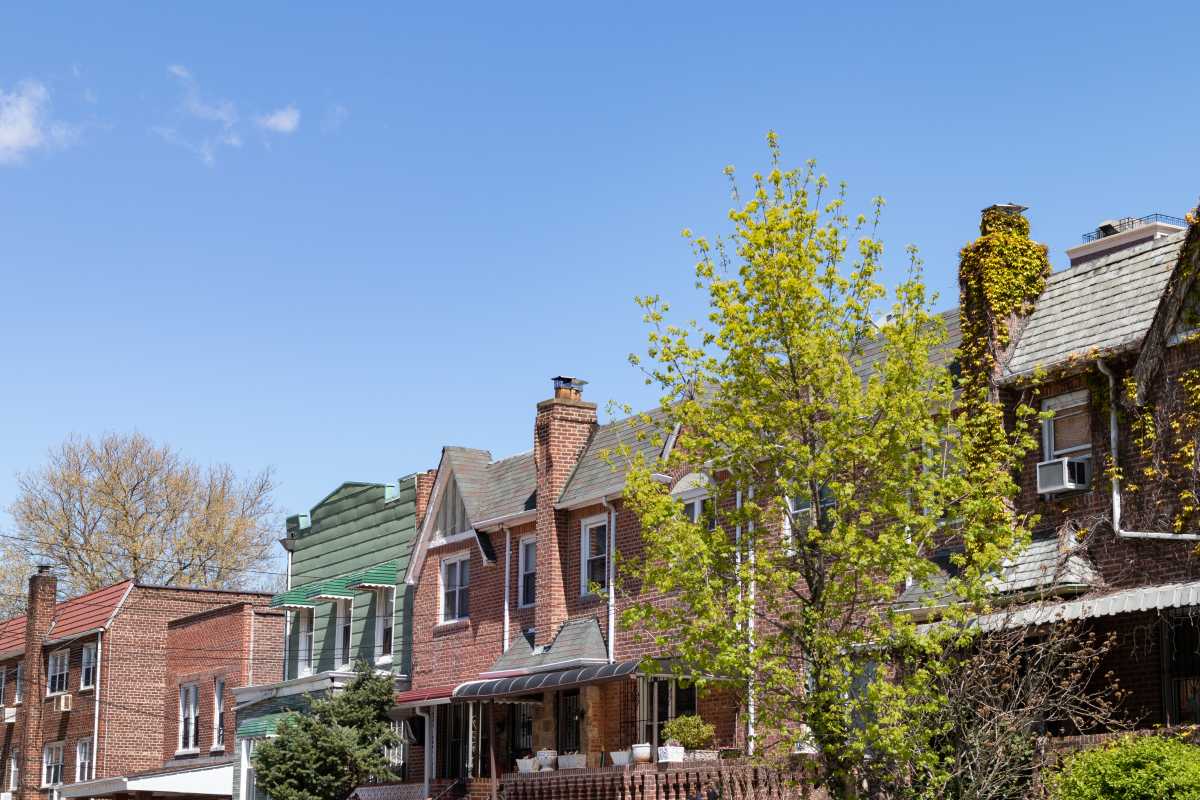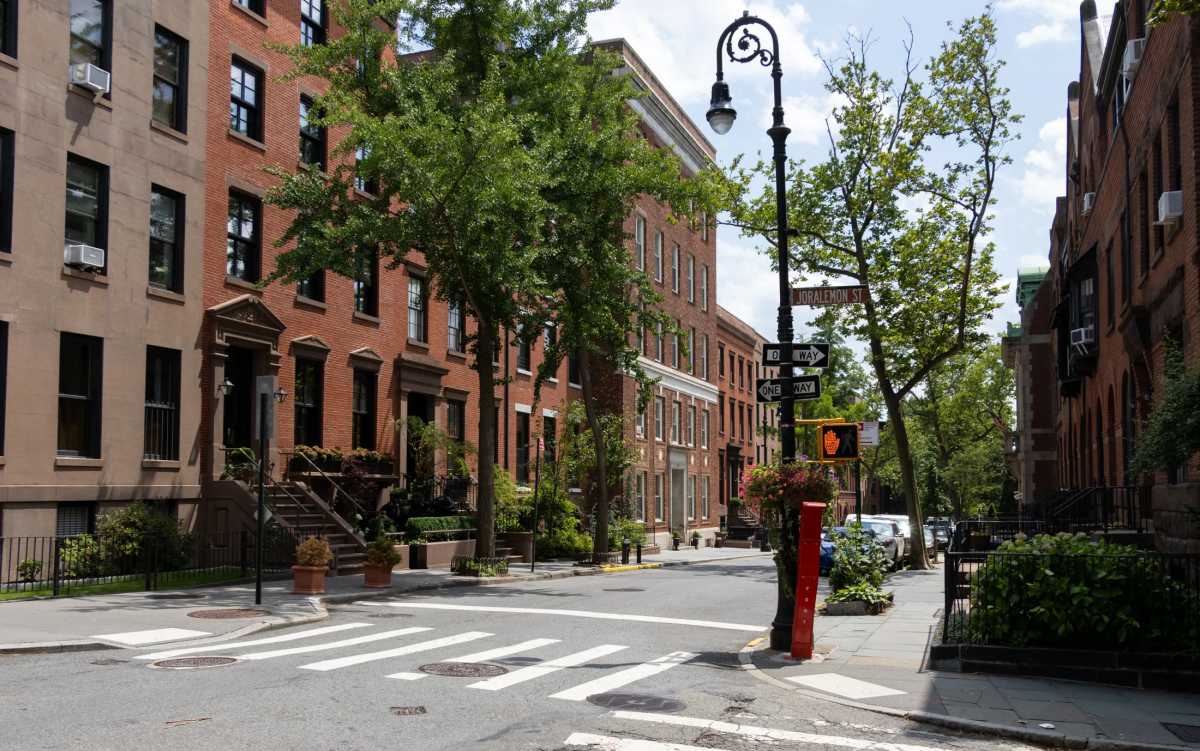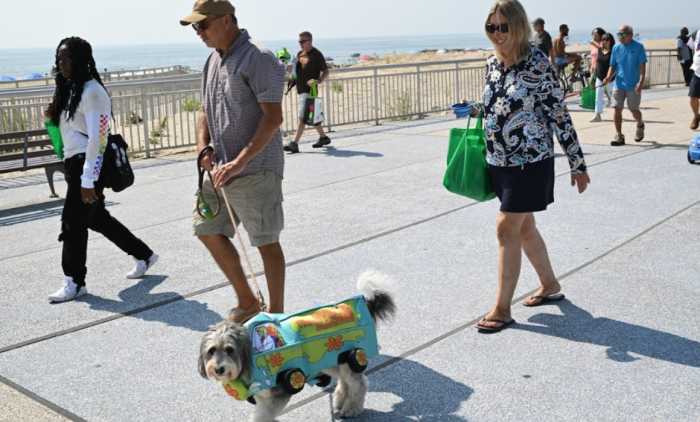
Leave it to Chipotle, CVS and Chase Bank to unchain deep convictions about storefront size.
As communities grow concerned about national franchises edging out mom-and-pop shops, some Manhattanites are seeking to contain the chains by capping stores’ space.
Worries about banks and drugstores overrunning the Upper West Side led the neighborhood to successfully petition the city in 2012 for stricter rules on how long storefronts can stretch.
Five years later, the area’s politicians and business leaders remain at odds over regulations that several merchants and Upper West Siders said they had never noticed.
“I didn’t know about the zoning law, and I haven’t really noticed any effect at all,” said Lisa Ludovici, who has lived in the neighborhood for a dozen years.
She said chain stores still have the upper hand and she and her neighbors continue to mourn the loss of independent businesses — including, most recently, a hardware shop.
“They’ve never not had exactly what I needed, unlike a Home Depot,” said Ludovici, 47, a medical hypnotist. “It takes away some of the uniqueness and flavor of the neighborhood.”
The zoning restrictions did not impact existing businesses, but limited new and expanding shops to 40 feet of storefront space along Amsterdam Avenue, between most of 75th and 110th streets, and on Columbus Avenue, between 72nd and 87th streets.
Those areas, as well as the stretch of Broadway between 72nd and 100th streets, limit new and expanding banks to 25-foot storefronts. The measures did not technically cap overall store size because retailers could expand to multiple levels or further back from the street.
Still, political figures have pointed to signs of success. The area’s city councilwoman, Helen Rosenthal, noted that there are few big box stores on Amsterdam and Columbus, but Marshalls has opened on Broadway, where the limits apply to banks, but not retailers.
Manhattan Borough President Gale Brewer feels confident enough about the rules that she would like to see similar measures enacted in the Lower East Side and East Village, where Community Board 3 is considering limiting eateries, bars, banks and chain stores to 250,000 square feet and capping their storefronts to 25 feet. The proposal would only allow one chain store or bank per block.
“Our local stores are right up there in peoples’ hearts and minds,” Brewer said. “People care.”
Leaders of business groups offered different takes on the regulations’ impact. Peter Arndtsen, who heads up the Columbus-Amsterdam Business Improvement District in the northern part of the neighborhood, said the restrictions have dissuaded landlords from leaving storefronts empty while trying to woo banks or combine enough storefronts to bring in large companies.
“It limits the ability of large chain stores from skewing the expectations of landlords in what they can get for rent for their space,” Arndtsen said.
Barbara Adler, president of the Columbus Avenue Business Improvement District, described the regulations as a deterrent to bringing in brick-and-mortar shops because, in certain circumstances, they would require retailers to divide up empty stores.
In some cases, the storefront limits may have backfired, agreed Andrew Albert, executive director of the West Manhattan Chamber of Commerce.
As banks began to cut back on retail locations, Albert said Chase abandoned plans to close its location on 76th Street and Columbus Avenue when it could no longer open a similar-sized branch elsewhere in the neighborhood.
A Chase spokesman did not comment on the specific branch, but said zoning is one of several things the bank considers when evaluating its footprint.
Rafe Evans, a Walker, Malloy and Company broker with a long history on the Upper West Side, said it was inaccurate to blame landlords for vacant storefronts since tenants — and their overly optimistic business forecasts — distort the market. He said the regulations do nothing to address this.
“It also adds a layer of review for every lease if a store is more than 25 feet,” Evans said. “It’s hard enough for retailers and landlords right now.”
Although the number of chain stores in New York City has increased annually for nearly a decade, the growth last year largely came from food businesses, according to Jonathan Bowles, executive director of Center for an Urban Future, which puts out an annual report mapping out franchises in the city.
Bowles said attempts to limit chains where they are saturated in Manhattan are worth considering. But he was wary of going too far when traditional retail and merchandise companies, battered by online competition, are already under siege and retreating in the city.
Beyond zoning, Upper West Side businesses offered other suggestions. Amsterdam Wine Co. owner Steve Flynn said his business benefits from a state law that allows large companies like Trader Joe’s and Whole Foods to open only one store selling liquor in the city.
“If there were more laws like that — you could only have X number of coffee shops — that would prevent Starbucks from metastasizing,” Flynn said. With Alex Bazeley



